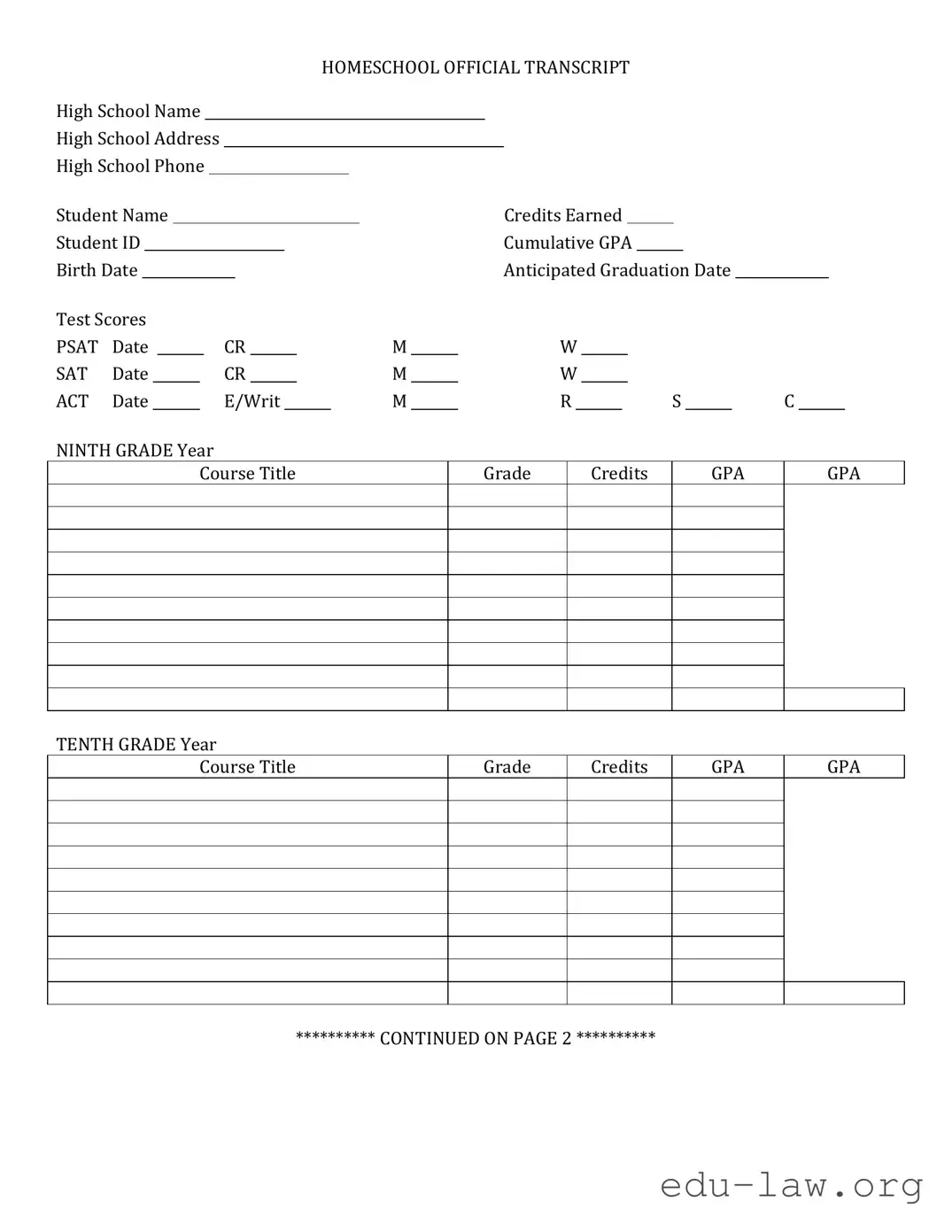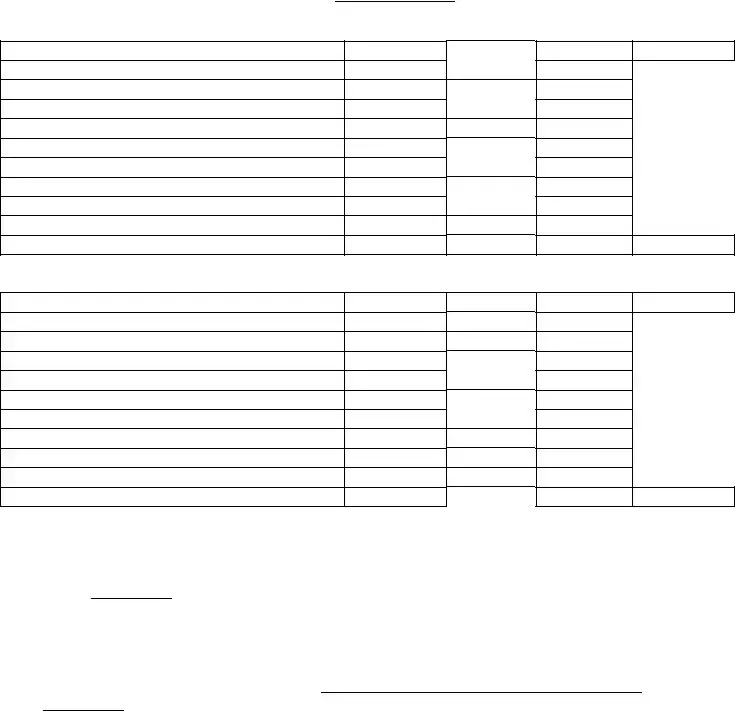The Diploma is a document that certifies a student has completed the requirements for graduation from high school. Similar to the High School Transcript, it provides proof of educational attainment. While the transcript lists individual courses and grades, the diploma serves as a summary of the achievement. Both documents are essential for college admissions and job applications.
The Report Card offers a snapshot of a student’s academic performance over specific grading periods. Like the High School Transcript, it includes grades earned in various subjects. The key distinction is that a report card is typically issued quarterly or semesterly, while the transcript provides a comprehensive overview of all courses taken throughout high school.
The College Application is a document submitted to institutions of higher education. It requires detailed academic history, including the High School Transcript. Similar to the transcript, it plays a crucial role in the admissions process, as both documents evaluate a student’s readiness for college-level work.
Certificate of Completion is provided to students who finish high school education, albeit with different criteria than a traditional diploma. Similar to the High School Transcript, it indicates educational achievement but is geared towards those who may not have earned a diploma, making it vital for demonstrating educational progress in various contexts.
The Academic Profile summarizes a student’s overall achievements, often including grades, test scores, and extracurricular activities. Like the High School Transcript, it is useful in assessing a student’s qualifications for further education or employment. The profile is often used in scholarship applications, serving as a complement to the transcript.
The Letter of Recommendation is a personal reference written by a teacher, counselor, or other authority. It supports a student’s application to colleges or jobs. While it does not provide academic records like the High School Transcript, it serves to contextualize the student’s achievements and character, reinforcing the information presented in the transcript.
The Standardized Test Scores document provides results from exams such as the SAT or ACT. Admissions committees often review these scores alongside the High School Transcript. Both documents serve as metrics for comparing student preparedness for college. It is common for colleges to require both the transcript and standardized test scores for a complete evaluation.
The Curriculum Vitae (CV) or Resume for high school students includes educational background, as well as extracurricular activities and work experience. Similar to the High School Transcript, it highlights the student’s qualifications but in a more holistic manner. This document is typically used when applying for jobs or internships, showcasing a blend of education and experience.


